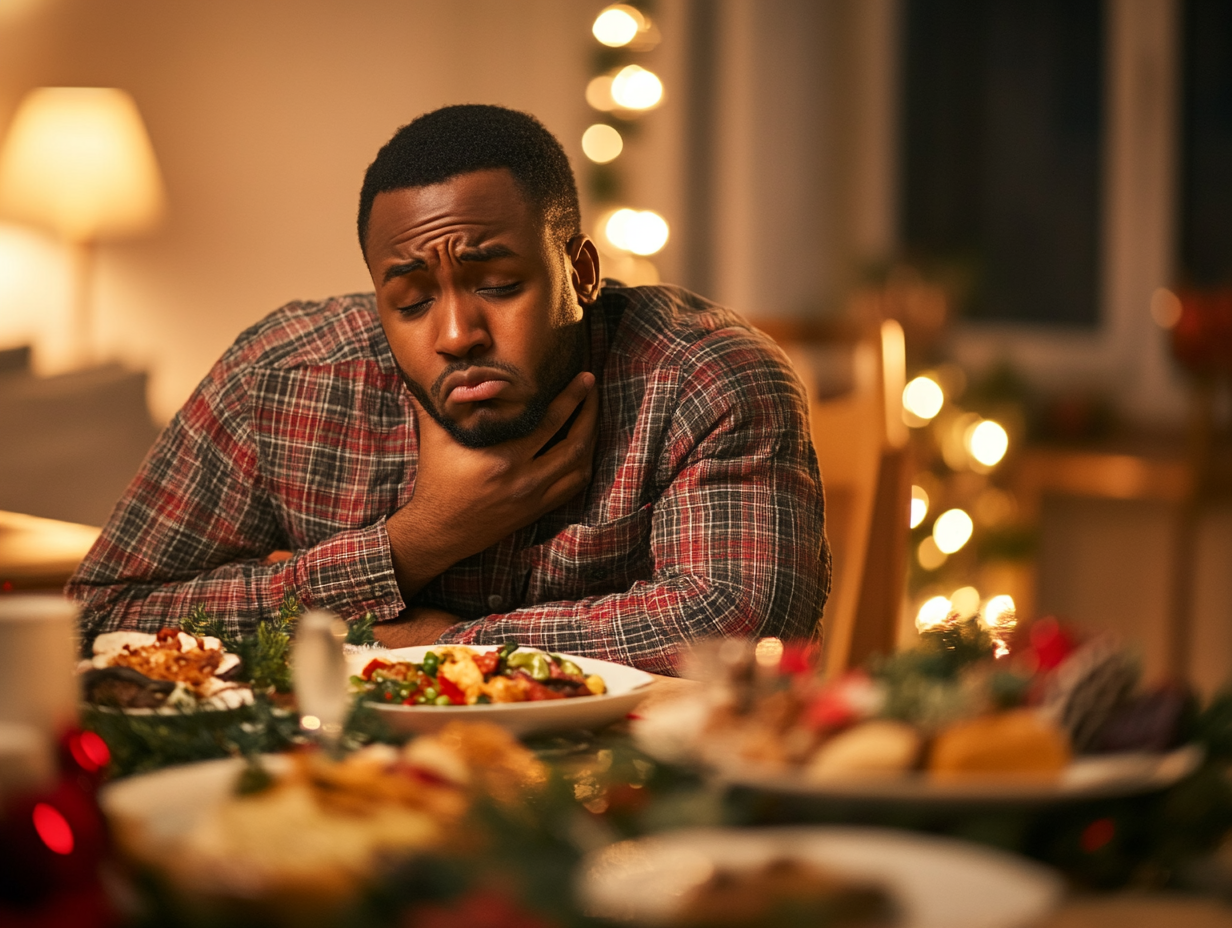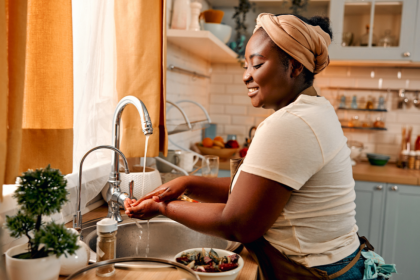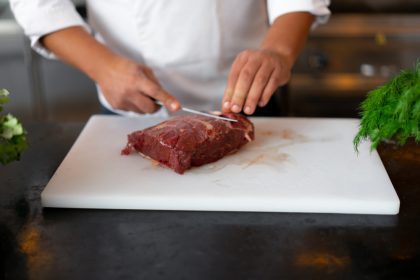The holiday season is a time for gathering, feasting, and celebrating with loved ones. However, amid the joy and festivities, there lurks a hidden danger in the form of foodborne illnesses. While many dishes are staples of holiday traditions, improper preparation can turn a festive meal into a gastrointestinal nightmare. Here are seven holiday foods that can make you sick if not handled with care.
1. Turkey
Ah, the centerpiece of many holiday feasts! Turkey is a beloved dish, but it can also be a breeding ground for bacteria like Salmonella and Campylobacter if not cooked properly. The USDA recommends cooking turkey to an internal temperature of 165°F to ensure it’s safe to eat. Additionally, be sure to thaw it safely in the fridge, not on the counter, to prevent bacterial growth. The last thing you want is to spend your holiday curled up in bed with a stomachache!
2. Eggnog
This creamy, festive drink is a holiday favorite, but it can be risky if made with raw eggs. Salmonella can be present in raw or undercooked eggs, which can lead to food poisoning. If you’re making eggnog from scratch, use pasteurized eggs to eliminate this risk. Alternatively, consider using a store-bought version, which is typically made with pasteurized eggs and is less likely to cause illness. Cheers to a safe holiday season!
3. Stuffing
Stuffing is another holiday staple that can pose health risks if not prepared correctly. Whether you’re cooking it inside the turkey or separately, it’s crucial to ensure it reaches a safe temperature of 165°F. If stuffing is cooked inside the turkey, it can take longer to reach this temperature, creating a risk for bacteria. If you’re making stuffing separately, be sure to keep it at the proper temperature and refrigerate any leftovers within two hours to prevent bacterial growth.
4. Ham
Ham is a popular choice for holiday meals, but it can be a source of foodborne illness if not handled properly. If you’re serving a pre-cooked ham, ensure it’s heated to an internal temperature of 140°F. For uncooked ham, the USDA recommends cooking it to an internal temperature of 145°F, followed by a three-minute rest time. Also, be cautious with leftovers; store them promptly in the fridge and consume them within a few days to avoid spoilage.
5. Green bean casserole
This classic side dish may seem harmless, but it can become a breeding ground for bacteria if not prepared and stored correctly. Canned green beans, cream of mushroom soup, and cheese can all spoil if left out for too long. Be sure to keep the casserole at a safe temperature (above 140°F) during serving and refrigerate any leftovers within two hours. Reheat leftovers to at least 165°F before serving again to ensure they’re safe to eat.
6. Mashed potatoes
Mashed potatoes are a creamy and comforting addition to any holiday meal, but they can also be a source of foodborne illness if not prepared with care. The danger lies in the dairy products used, such as milk and butter. If left out at room temperature for too long, these ingredients can spoil, leading to food poisoning. Keep mashed potatoes warm in a slow cooker or chafing dish during serving, and refrigerate any leftovers promptly. When reheating, make sure they reach an internal temperature of 165°F.
7. Seafood
Seafood can be a delightful addition to your holiday spread, but it requires extra caution. Shellfish, such as oysters and clams, can harbor harmful bacteria and viruses, particularly if they’re raw or undercooked. To minimize the risk, only purchase seafood from reputable sources and ensure it’s fresh. Cook seafood to the appropriate internal temperatures—145°F for fish and 145°F for shellfish. If you’re serving a seafood dish, be sure to keep it chilled until it’s time to eat, and avoid leaving it out for extended periods.
Tips for safe holiday food preparation
Now that you know which holiday foods can pose risks, here are some essential tips to ensure a safe and enjoyable holiday feast:
Keep it clean
Before preparing any food, wash your hands thoroughly with soap and water. Clean all surfaces, utensils, and cutting boards to prevent cross-contamination. Use separate cutting boards for raw meats and vegetables to avoid transferring harmful bacteria.
Cook to the right temperature
Invest in a reliable food thermometer to ensure your dishes reach the appropriate internal temperatures. This is especially important for meats, poultry, and casseroles. Remember, it’s better to be safe than sorry!
Chill out
Refrigerate leftovers within two hours of cooking to prevent bacterial growth. Make sure your refrigerator is set to 40°F or lower. When reheating leftovers, ensure they reach 165°F before serving.
Plan ahead
If you’re hosting a holiday gathering, plan your menu and prep work in advance. This will help you manage cooking times and ensure that everything is prepared safely. Make a checklist of what needs to be done and when, so you can avoid last-minute stress and potential food safety mishaps.
Conclusion
The holiday season should be a time of joy, laughter, and delicious food, but it’s essential to prioritize food safety to avoid any unpleasant surprises. By being aware of the risks associated with these seven holiday foods and following safe preparation practices, you can ensure that your celebrations are both festive and safe. Remember, a little caution goes a long way in keeping your loved ones healthy during this special time of year. Enjoy your holiday feasts, and may they be filled with joy and good health!












